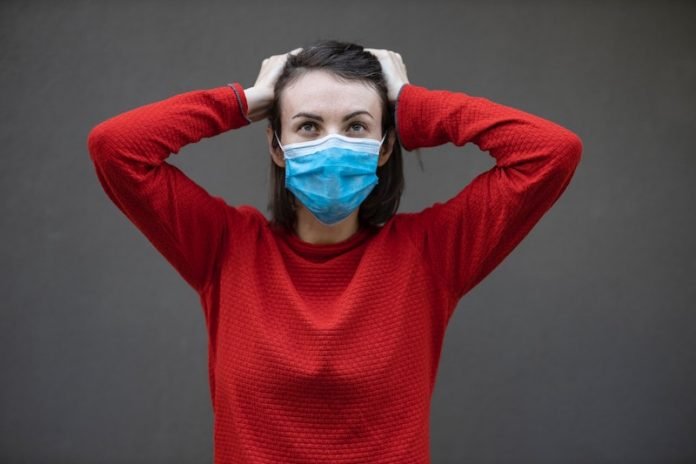
In a new study, researchers found the resurging COVID-19 transmission in the US is being driven by ages 20-49.
An estimated two in three COVID-19 cases came from adults aged 20-49.
The researchers found that the reproduction number (R) was only above one for adults aged 35-49, and close to one for those aged 20-34.
Only a small percentage (1.2%) of COVID-19 cases came from young children aged 0-9 years.
The researchers say that targeting interventions to adults aged 20-49 can facilitate the safe reopening of schools and kindergartens.
The research was conducted by a team at Imperial College London and elsewhere.
In the study, the team put together national level mobility data using cell phones from over 10 million individuals.
From February 2020-August 2020 this data was analyzed to estimate the daily age-specific foot traffic for individuals for each state in the United States.
They looked at which age groups drove onward transmission of COVID-19 infections in the United States (until August 2020) with average percentages as follows,
0-9 years: 1.2% (0.8%-1.8%)
10-19 years: 9.9% (9.2%-10.7%)
20-34 years: 28.3% (26.9%-29.5%)
35-49 years: 35.1% (34.0%-36.0%)
50-64 years: 19.1% (18.6%-19.6)
65-79 years: 5.6% (3.7%-8.5%)
80+ years: 0.6% (0.4%-0.9%)
The model predicts that re-opening kindergartens and elementary schools alone could lead to a substantial increase in infections and subsequent COVID-19 deaths over a three-month period in areas with on-going community wide transmission.
With the school’s opening, they estimate that the contribution to transmission (in %) for the age group 0-9 years will increase and lead to increases across all age groups.
In most states and metropolitan areas in the United States that were evaluated, reproduction numbers were estimated to be above 1 or close to 1 for adults aged 20-49.
In the United States, the report suggests that targeting interventions at adults aged 20-49 could avoid COVID-19 infections and deaths as schools re-open.
One author of the study is Dr. Samir Bhatt from the School of Public Health.
The study is presented in Report 32 from the WHO Collaborating Center for Infectious Disease Modeling.
Copyright © 2020 Knowridge Science Report. All rights reserved.



